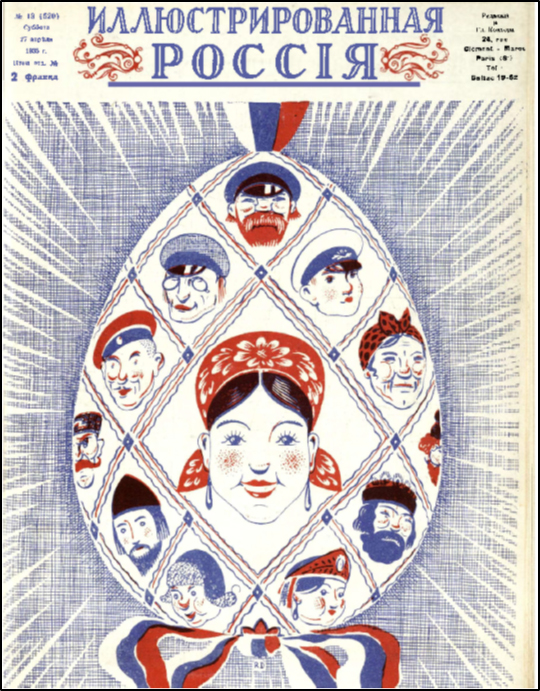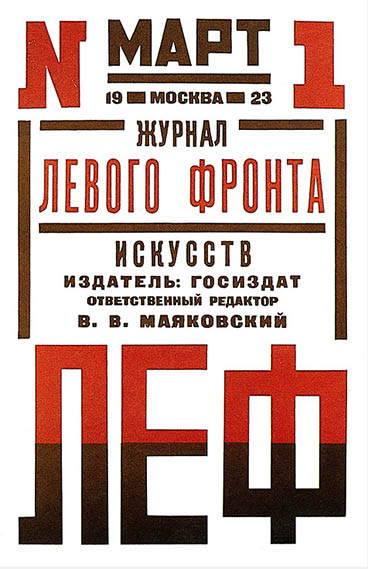Russian Thick Journals
(Tolstye zhurnaly)
Tolstye zhurnaly (толстые журналы), literally meaning “thick journals” in Russian, are a unique form of literary and cultural periodicals that have played a significant role in Russian intellectual life since the 19th century. These journals typically contain:
-
New works of fiction (novels, short stories, poems)
-
Literary criticism and essays
-
Social and political commentary
-
Cultural analysis
Unlike typical magazines, tolstye zhurnaly are book-length publications, often running to several hundred pages per issue. In the Soviet Union and later in Russia, literary and artistic journals with a full volume of 192-256 pages received the informal name “thick journals” (толстые журналы).
1. Russkaya Literatura, Русская литература
Russkaia literatura is a well-known journal of literary criticism. The journal is one of the most comprehensive, reliable and authoritative resources featuring biographical information and criticism of Russian and Soviet authors in various genres. Published since 1958 by the Institute of Russian Literature of the Russian Academy of Science (Pushkinskii Dom), this scholarly journal features numerous research papers, discussion pieces, analytical articles and critical essays concerning classical and modern writers and poets of Russia.
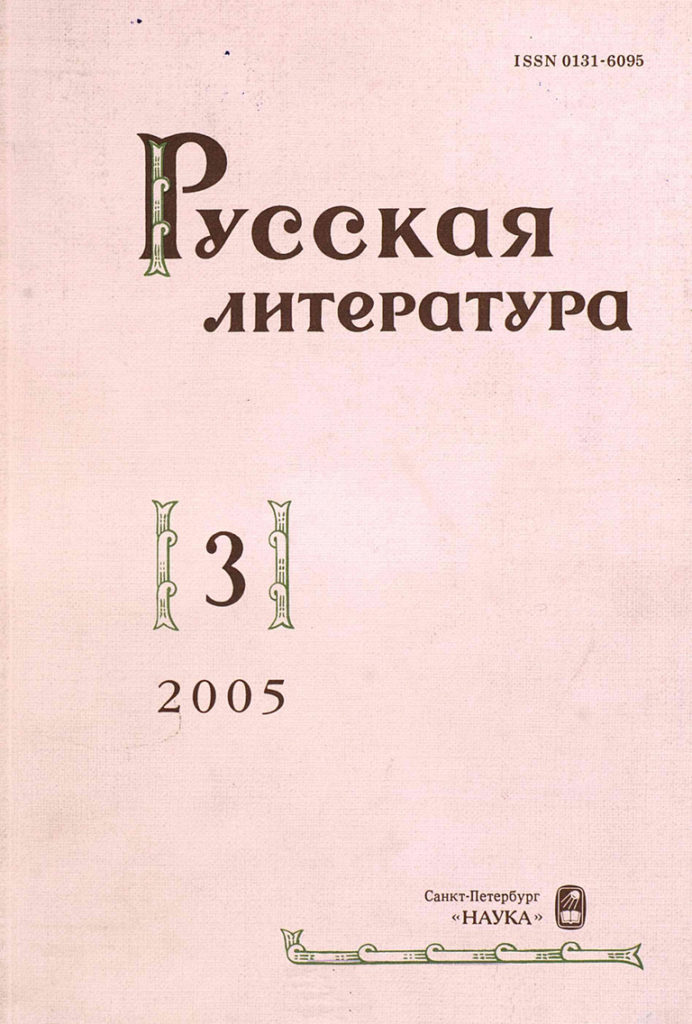
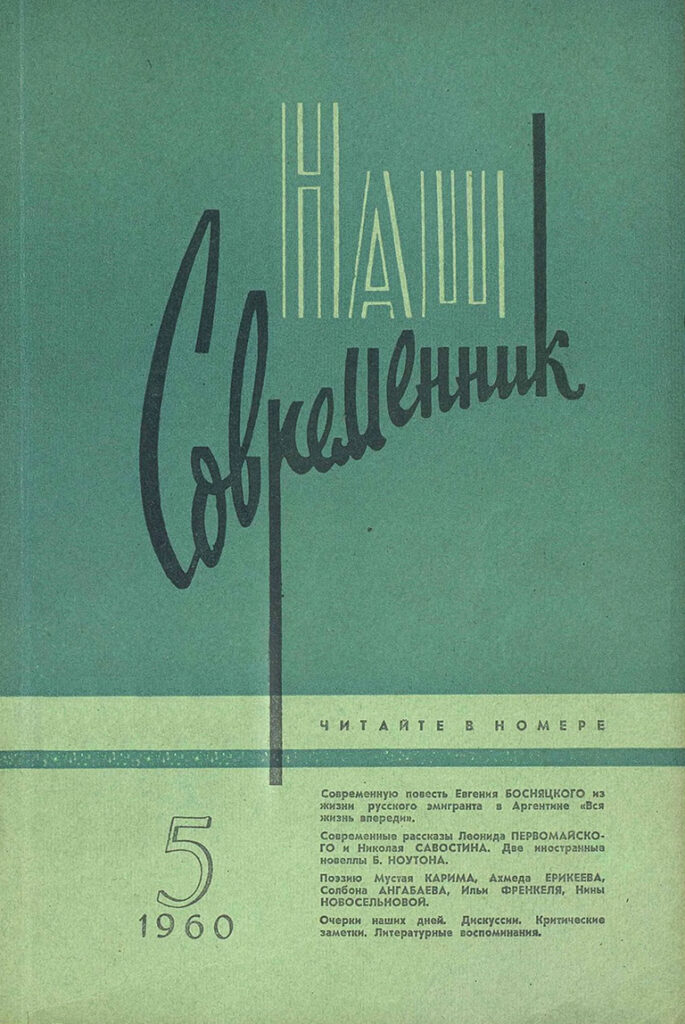
2. Nash Sovremennik , Наш современник
Founded in 1956, Nash Sovremennik (Our Contemporary) became a prominent Soviet “thick journal,” known for promoting writers from rural Russia and popularizing “village prose.” Initially aligned with Marxist-Leninist ideals, it shifted in the late Soviet period toward neo-Slavophile conservatism, opposing Western influence. Under Stanislav Kunyayev’s leadership since 1989, it remains a major platform for Russian conservative and traditionalist voices, featuring figures like Gennadi Zyuganov and Zakhar Prilepin.
3. Zvezda, Звезда
Founded in 1924 in Petrograd, Zvezda (The Star) is Russia’s oldest monthly “thick journal” and a vital platform for literary and intellectual discourse. Surviving Stalinist repression, the Siege of Leningrad, and harsh censorship, it played a major role in Russian cultural development. Criticized in 1946 for publishing works by Mikhail Zoshchenko and Anna Akhmatova, Zvezda later embraced previously banned writers like Solzhenitsyn and Brodsky during perestroika. Its digital archive offers a sweeping view of 20th- and 21st-century Russian intellectual life.
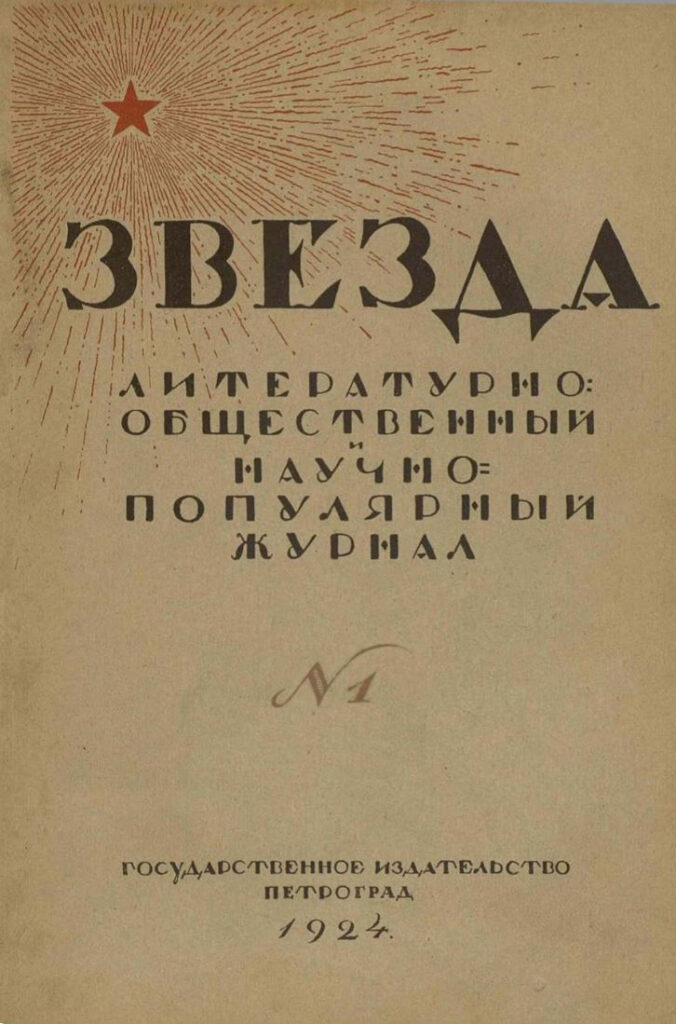
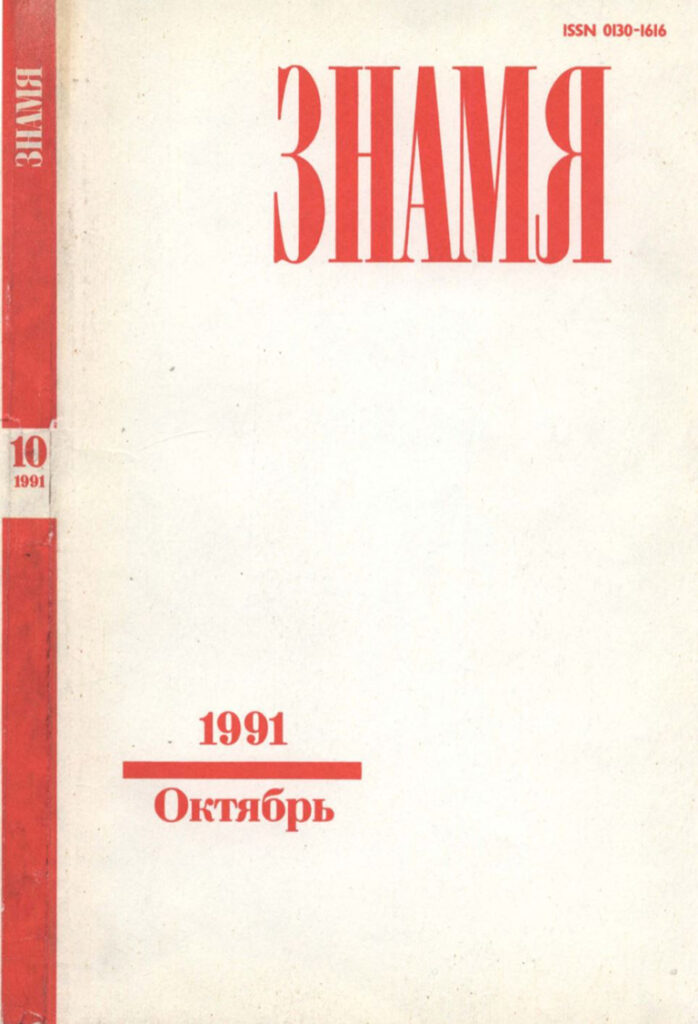
4. Znamia, Знамя
Znamia (Знамя, Banner) is a leading Soviet/Russian literary journal founded in 1931, originally named LOKAF. Renamed in 1933, it has served as a vibrant platform for literature, criticism, and political commentary. Notable contributors include Anna Akhmatova, Alexander Tvardovsky, and Yevgeny Yevtushenko. During perestroika, Znamia transformed into one of Russia’s most influential literary publications. The digital archive offers over nine decades of rich intellectual and artistic content.
5. Ogonek, Огонёк
Founded in 1923, Ogonek (Spark) became one of Soviet Russia’s most influential weekly magazines, shaping and reflecting Soviet cultural life. Unlike overt propaganda outlets, Ogonek subtly promoted Soviet ideals through sophisticated cultural narratives, making it essential reading for Soviet intellectuals. Its wide circulation helped unify the USSR’s diverse population under a state-approved cultural vision. Today, Ogonek remains a vital resource for understanding Soviet society, culture, and the mechanisms of cultural legitimization.
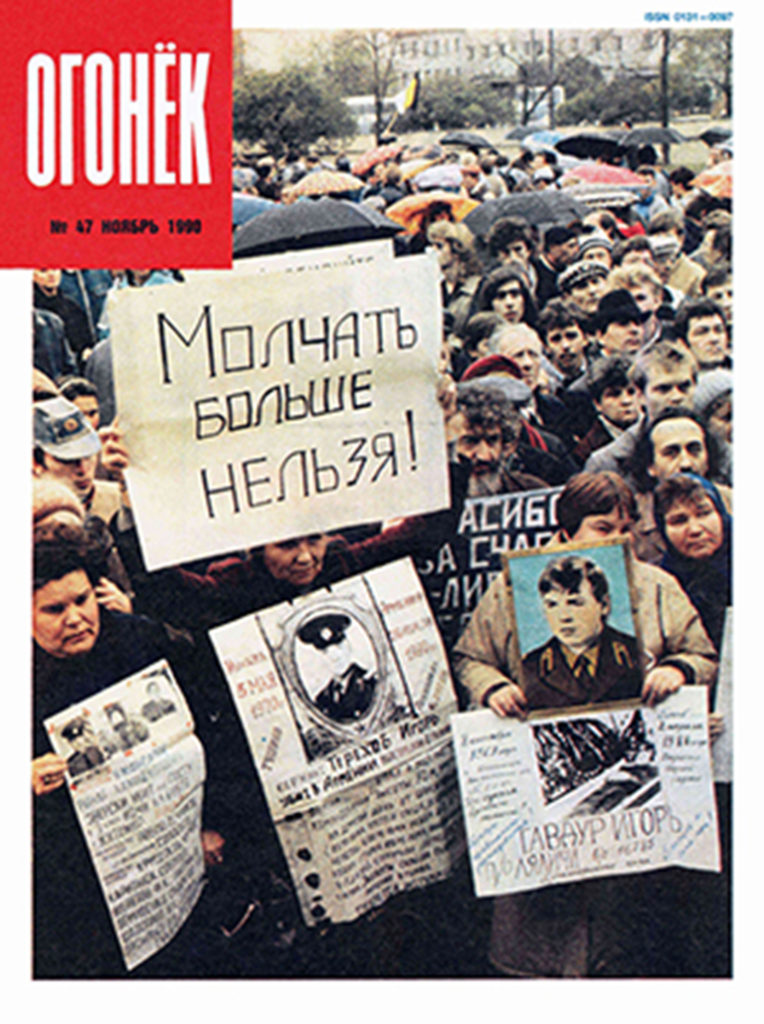
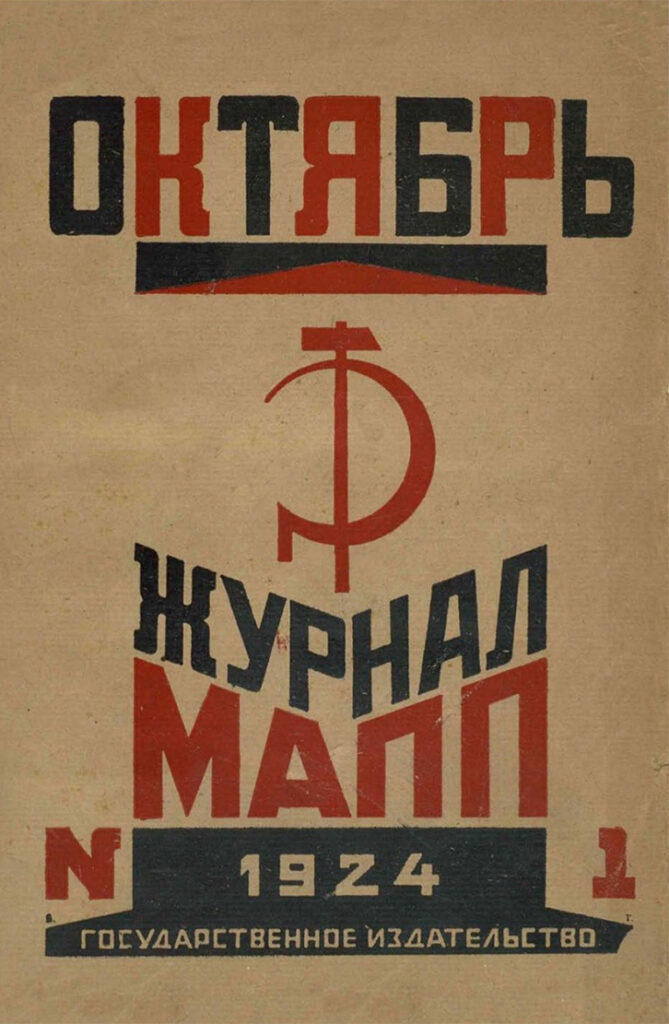
6. Oktiabr’ , Октябрь
Founded in 1924, Oktiabr’ (October) was a leading Russian “thick journal” chronicling nearly a century of literary and cultural change until 2018. It featured works by Sergei Yesenin, Vladimir Mayakovsky, and international writers like Romain Rolland. The journal reflected major shifts from Soviet orthodoxy to post-Soviet independence, notably publishing censored works during glasnost. Its digital archive offers vital insights into Russian literature, cultural history, and intellectual life for researchers and scholars.
7. Illiustrirovannaia Rossiia, La Russie Illustrée
Published in Paris from 1924 to 1939, Illiustrirovannaia Rossiia (Illustrated Russia) was a leading Russian émigré weekly, offering literary works, serialized novels, and cultural commentary to exiled Russians. Founded by journalist Miron Mironov, it stood out for its high production quality and largely apolitical stance, though it often ridiculed Soviet authorities. Supported by wealthy émigrés, it became one of the most influential Russian expatriate publications, providing a vivid record of Russian cultural life abroad.
